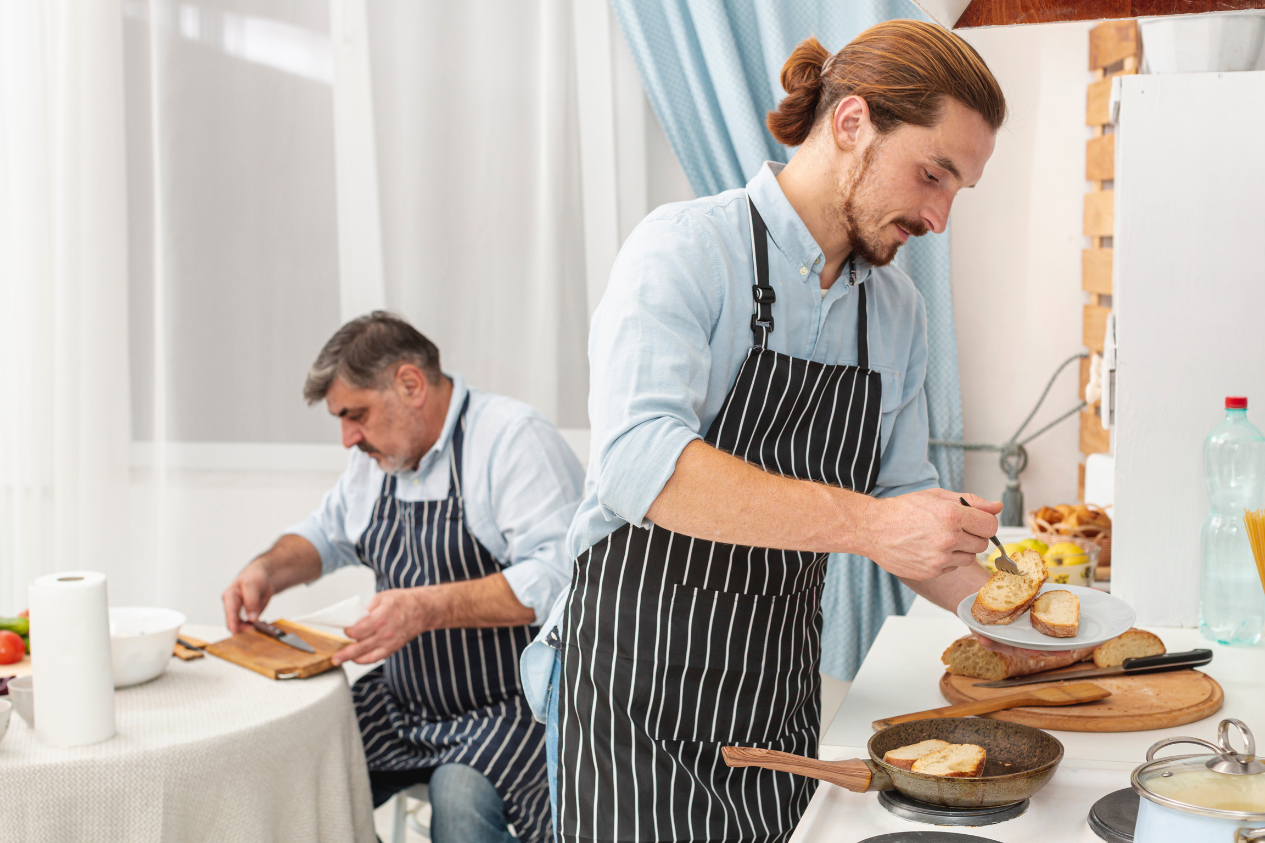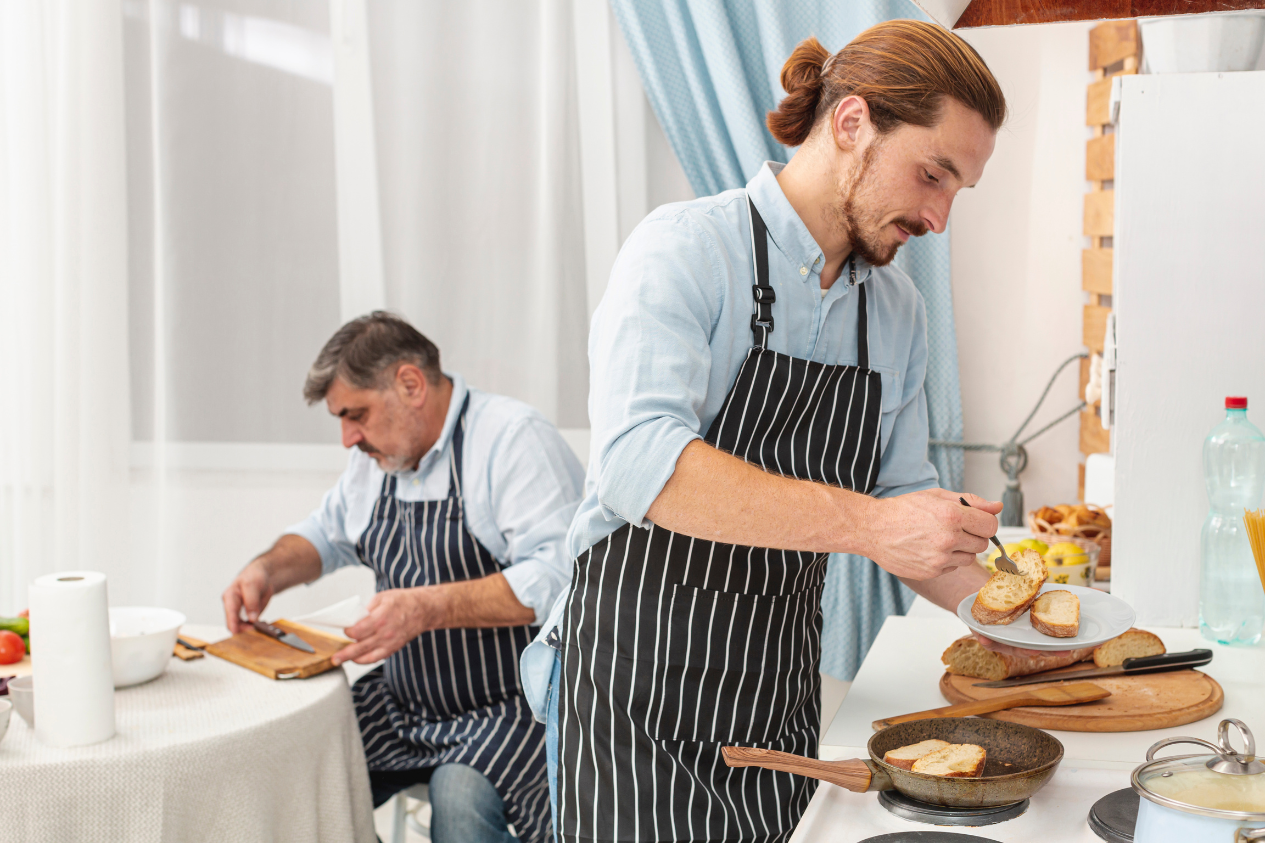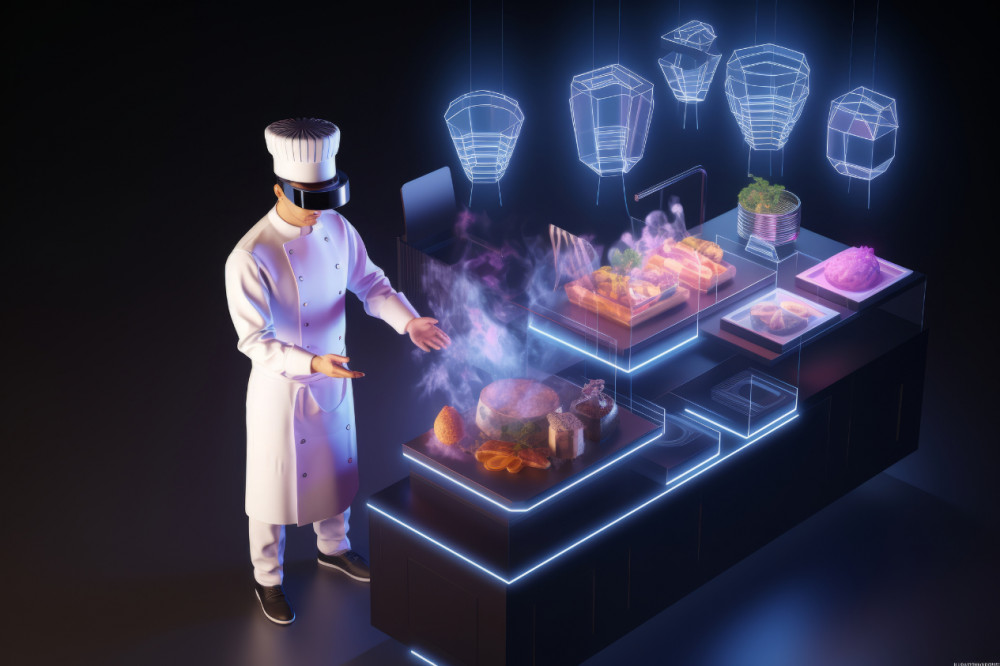
Preparing Kitchen Staff for High-Volume October Festivals

October is a month filled with festivities. This month is when food-related events around the world reach their peak, from harvest festivals to cultural fairs and religious observances. October offers restaurants, caterers, and lodging establishments an unmatched chance to highlight their culinary prowess, increase sales, and strengthen brand awareness. This season does, however, also bring with it several operational difficulties, chief among them the management of large-scale food production while preserving efficiency and quality. The key to success in these situations is to properly prepare your kitchen crew. This is a thorough guide to make sure your team is prepared to manage the October festival rush with professionalism and assurance.
Understanding the Festival Rush
Comprehending the dynamics of high-volume events is the first step in preparation. The demand for food rises exponentially during festivals like Diwali, Oktoberfest, Halloween, and harvest celebrations. Consumers anticipate prompt service, imaginative menus, and reliable quality—all within constrained timeframes. Kitchen employees frequently have to oversee several stations at once, deal with a range of cuisines, and uphold strict standards for food safety and hygiene.
A prepared team is aware of these demands and can adjust with ease. Proactive planning, transparent communication, and an emphasis on employee morale and operational effectiveness are necessary for this.
1. Staffing: Evaluating Requirements and Making Appropriate Schedules
Events with a high volume require sufficient staffing. Start by looking at data from previous years' festivals or comparable occasions. Determine any bottlenecks, popular menu items, and peak hours. This aids in estimating how many chefs, sous chefs, prep cooks, and support personnel will be needed.
Important tactics consist of:
- Flexible scheduling: To avoid burnout and guarantee that the kitchen is never understaffed during busy times, use staggered shifts.
- Staff cross-training: Make sure team members are skilled at several stations so that resources can be reallocated as needed.
- Temporary hires: For days with exceptionally high demand, think about hiring skilled temporary employees. This guarantees coverage without putting too much strain on your permanent employees.
2. Planning Menus and Simplifying Processes
Seasonal ingredients, themed specials, and a wider variety of offerings are frequently needed for a festival menu. Operational viability should come first, even though creativity is crucial. Menus that are too complicated can cause mistakes and slow down service.
Among the practical actions are:
- Concentrate on dishes that are in high demand: Find dishes that are well-liked by the public and make sure they are prepared perfectly.
- Dishes that require a lot of prep: Add recipes that can be made ahead of time without sacrificing flavour or texture. This lessens tension during busy times.
- Batch production: To save time, some ingredients, such as fillings, gravies, and sauces, can be prepared in large quantities.
- Simplify presentation and plating: Although visual appeal is important, excessively complex plating can cause service to lag in situations with high volume.
3. Efficiency and Consistency Training
The foundation of high-volume kitchen management is training. October festivals demand speed without compromising on quality. Employees should be competent, self-assured, and able to function well under duress.
Techniques for training:
- Station drills: To replicate peak-hour conditions, hold simulated service sessions. Staff members become more accustomed to multitasking, timing, and coordination as a result.
- Standardisation of recipes: To preserve consistency and keep expenses under control, make sure all employees adhere to exact recipes and serving sizes.
- Workshops on time management: Provide strategies for setting priorities, handling multiple orders at once, and avoiding bottlenecks.
- Training on kitchen equipment: Make sure everyone on the team is familiar with it, particularly if new appliances are added for special occasions.
4. Preparing for the Festival: Mise en Place is Essential
Long before the festival, preparations start. Mise en place, which translates to "everything in its place" in French, is more than just a culinary concept; it's a survival tactic used at large gatherings.
Important preparatory tasks consist of:
- Inventory and sourcing of ingredients: Check stock levels, make plans for large purchases, and find backup suppliers in case of shortages.
- Ingredient preparation: To cut down on prep time during service, wash, chop, marinate, or par-cook items beforehand.
- Setting up kitchen stations: Clearly mark out spaces for preparation, cooking, plating, and garnishing. Tools and ingredients should be labelled for easy access.
- Equipment upkeep: To avoid malfunctions during busy times, inspect ovens, fryers, blenders, and refrigeration units.
5. Preserving Hygiene and Quality
Cooking in large quantities frequently puts quality and hygiene at risk. To prevent consumer complaints and health risks, regular monitoring and rigorous adherence to standards are essential.
The following actions are taken to guarantee quality:
- Temperature control: Keep an eye on cooking and storage temperatures to maintain freshness and avoid foodborne infections.
- Frequent tasting sessions: To ensure flavour consistency across big batches, conduct taste tests regularly.
- Sanitation procedures: Wash your hands often, sterilise your utensils, and clean your surfaces. Hygiene must always be prioritised, even in hectic situations.
- Waste management: To avoid mess and contamination in the kitchen, make plans for effective waste disposal.
High-volume For culinary teams, October festivals offer both a challenge and an opportunity. Preparation, communication, and execution are what separate a successful festival season from a hectic, stressful one. Even under extreme pressure, kitchens can consistently produce outstanding food experiences by concentrating on staffing, training, menu planning, hygiene, technology, and backup plans.
The most important thing is to give your kitchen employees the abilities, self-assurance, and encouragement they require to succeed. Every festival becomes a celebration of culinary excellence, efficiency, and teamwork when the team is well-prepared, rather than just a hectic time.
Stay connected with Foodism Connect for more such insights.
Related Blogs

AI in Kitchens & Hotels: What the Forum Revealed About Tech Skills in Hospitalit
51 Views

Contingency Planning for Festival Staff Shortages: Essential Tips
38 Views

Optimizing Multi-Outlet Hiring During Festive Season
39 Views

When to Hire vs Freeze Hiring During Festival Season
54 Views

Efficient Onboarding of Temporary Staff: Best Practices for Hotels
62 Views